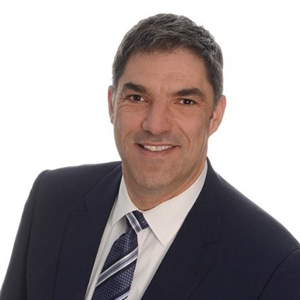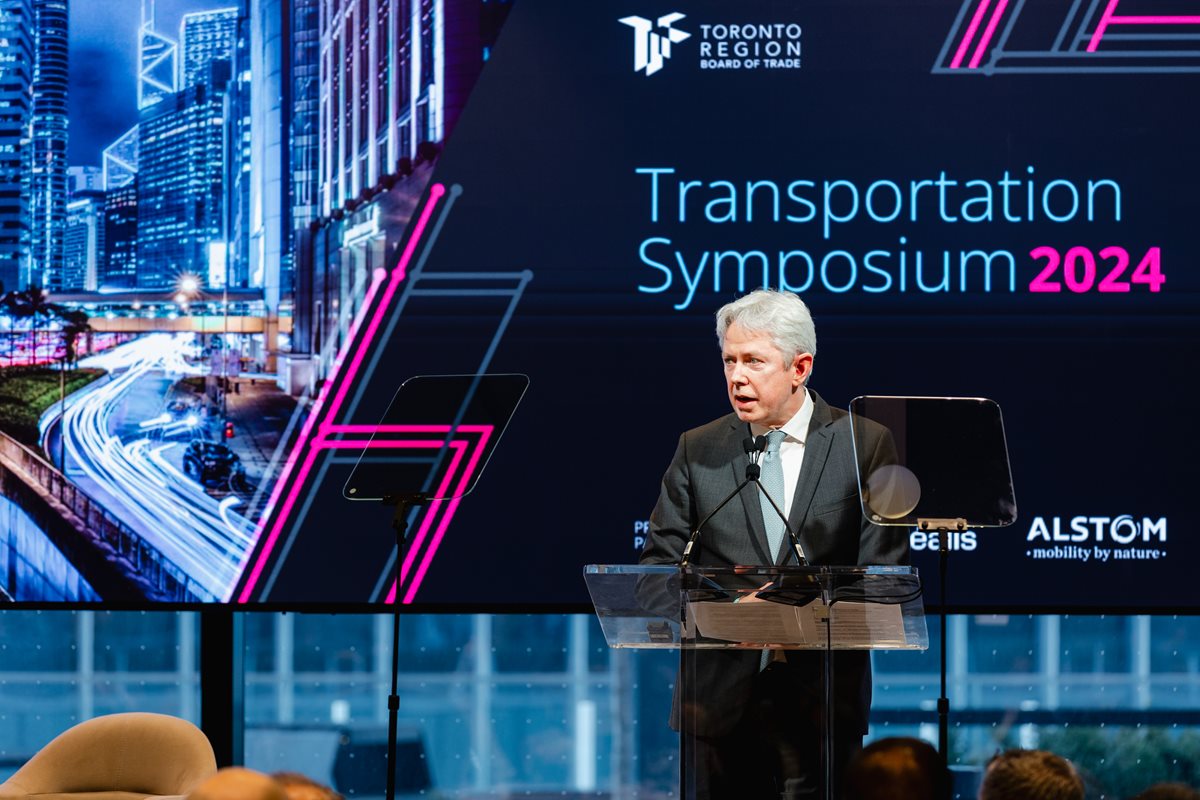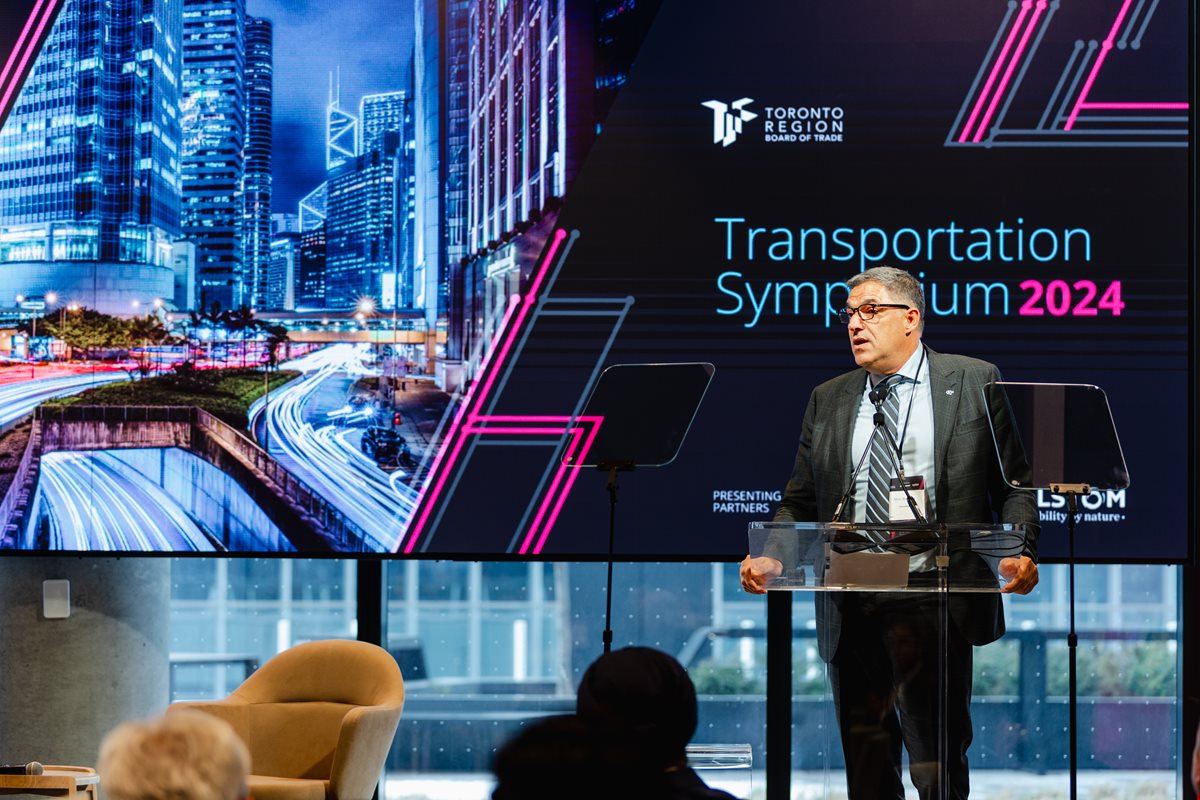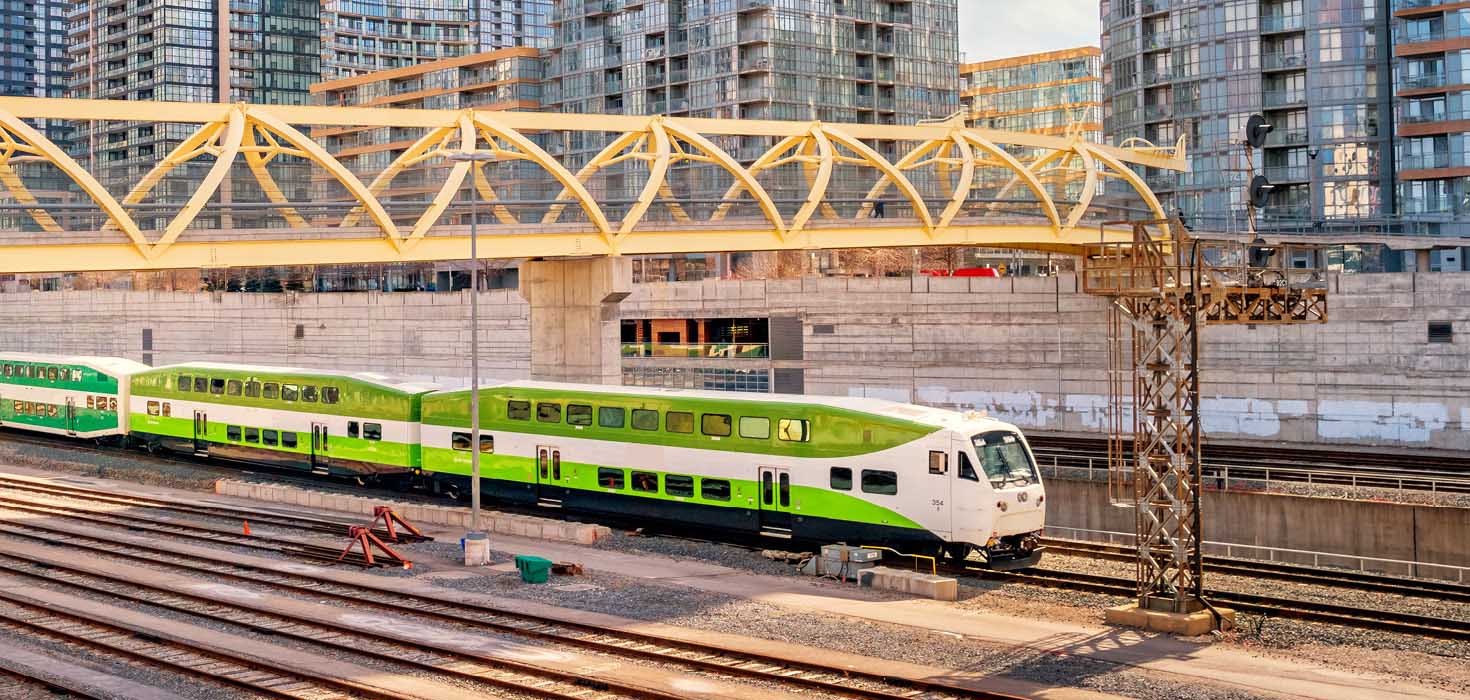Our 9th Annual Transportation Symposium, "Are We There Yet?" unfolded as a pivotal gathering, uniting industry leaders and experts to explore the landscape of transportation, transit, and urban mobility. With our region in the middle of an $80 billion transit makeover, the symposium served as a vital forum for illuminating the path forward amidst historic opportunities and pressing challenges.


Following the event, we spoke with Michael Keroullé, President & CEO, Americas, Alstom (L), and Marc Boucher, SVP & Market Lead, Transportation, Canada, AtkinsRéalis (R), who shared their key takeaways from the symposium. They also underscored actionable strategies needed to bring our shared visions to fruition.
Marc and Michael, thanks again for making time for this. Why don’t we begin with some of your main takeaways from the symposium?
Marc Boucher: I was struck by the universal nature of the challenges we face, not just in Toronto but globally. The event showcased Ontario's commitment to investing in infrastructure to improve efficiency. It also highlighted the critical role of networking in aligning all partners toward common societal goals.
Michael Keroullé: The symposium was a powerful reminder of the importance of stakeholder connectivity. The diverse mix of high-caliber speakers and attendees underscored the strategic complexity of addressing our transportation challenges. It’s about bringing together government, the private sector, and public agencies in a more cohesive manner.
There was so much talk about regaining public trust by improving the execution of large transit projects. How do we go about doing that?
MK: Our approach needs to evolve. We've participated in projects worldwide, and the lesson is clear: collaborative models work better. Projects where risk and reward are clearly aligned, where each stakeholder's risk profile is considered, tend to succeed more. Ontario has seen the limits of placing all risks on a single contractor. It's time for a shift toward more collaborative frameworks.
MB: The current contractual arrangements are evolving from the tight schedules and budgets typical of Public Private Partnerships (PPPs), which are fraught with unmanaged risks. This transition to collaborative progressive design, where stakeholders are engaged early, signifies a strategic shift rather than a departure from budgeting and scheduling disciplines. It aims to establish a more adaptive and inclusive approach to project management. This shift does not mean projects will lack budgets or timelines; instead, it reflects a move towards more dynamic and responsive planning processes, where timelines and budgets are developed collaboratively, allowing for more effective risk management and adjustments as projects progress. Such a transformation necessitates a significant change in how projects are conceived and the cultural readiness of all parties to embrace these collaborative efforts.

What are the key challenges in transitioning to more collaborative models?
MB: There’s a significant learning curve involved. I’ve had experiences working in the public sector where, despite a desire to adopt progressive design, internal stakeholders were accustomed to traditional contracting methods. This resistance highlights a broader issue: the need for an educational shift within organizations to foster a collaborative culture. However, it's important to note that as we've navigated through this curve, the adaptation process has begun to yield positive results. The initial resistance is giving way to a growing appreciation for the benefits that these new methods bring. Stakeholders are starting to see firsthand how a collaborative approach not only mitigates risks but also enhances project outcomes. It's a gradual process, but the shift towards embracing these new processes is gaining momentum, leading to more efficient, effective, and mutually beneficial project executions.
In your view, what role does sustainability play in the future of transportation?
MK: The urgency of transitioning to green transportation solutions cannot be overstated. Yet, actual progress towards electrification and sustainable practices is lagging. We’re at a point where only a fraction of our transportation ecosystem is electrified, actually less than 1% of the rail network for the North America Region, with a looming target to achieve zero carbon emissions. This transition requires substantial investment, political will, and a paradigm shift in how we operate and maintain our transportation systems.
How can policymakers better support this transition?
MB: Politicians need to adopt a strategic vision that considers the limited resources available across various sectors. The traditional method of singularily seeking the cheapest proposals is no longer viable. We must integrate industry best practices and new technologies to plan and execute projects more efficiently. This approach not only enhances efficiency but also positions us to tackle the massive opportunities and challenges that lie ahead.

As we look towards our 10th annual symposium, what conversations do you hope we don’t need to repeat in 2025?
MK: Our focus needs to shift towards globally successful strategies, extracting valuable lessons from projects that have led the way in innovation and execution. Such models are pivotal in nurturing a culture of true collaboration among all involved parties. It's about creating an environment where collective success is the primary goal, leveraging the strengths of each stakeholder to foster a more integrated and efficient approach to project management. By 2025, I envision a symposium where these practices are not just aspirational but are the established norm, guiding our projects towards unprecedented success.
MB: Similarly, I envisage a future where our discussions transcend past project setbacks to embrace a narrative of achievement and possibility. It’s crucial that our conversations evolve to highlight and dissect the key factors underpinning successful infrastructure endeavors. This encompasses a comprehensive exploration of how we can enhance project outcomes through a multifaceted approach, integrating advancements in technology, optimizing operational efficiency, and prioritizing sustainability. By doing so, we not only address the immediate challenges of project execution but also lay the groundwork for a future where these projects contribute to the broader goals of environmental stewardship and social progress.
As we navigate the complexities of today’s challenges and tomorrow’s opportunities, Marc and Michael’s insights offer a roadmap for a more collaborative, sustainable, and innovative future. To stay up to date on all Board of Trade events please register here and be sure to stay tuned for more information about next year’s Transportation Symposium.
Register for updates on our Transportation Symposium
Thank you to our Transportation Symposium partners.



